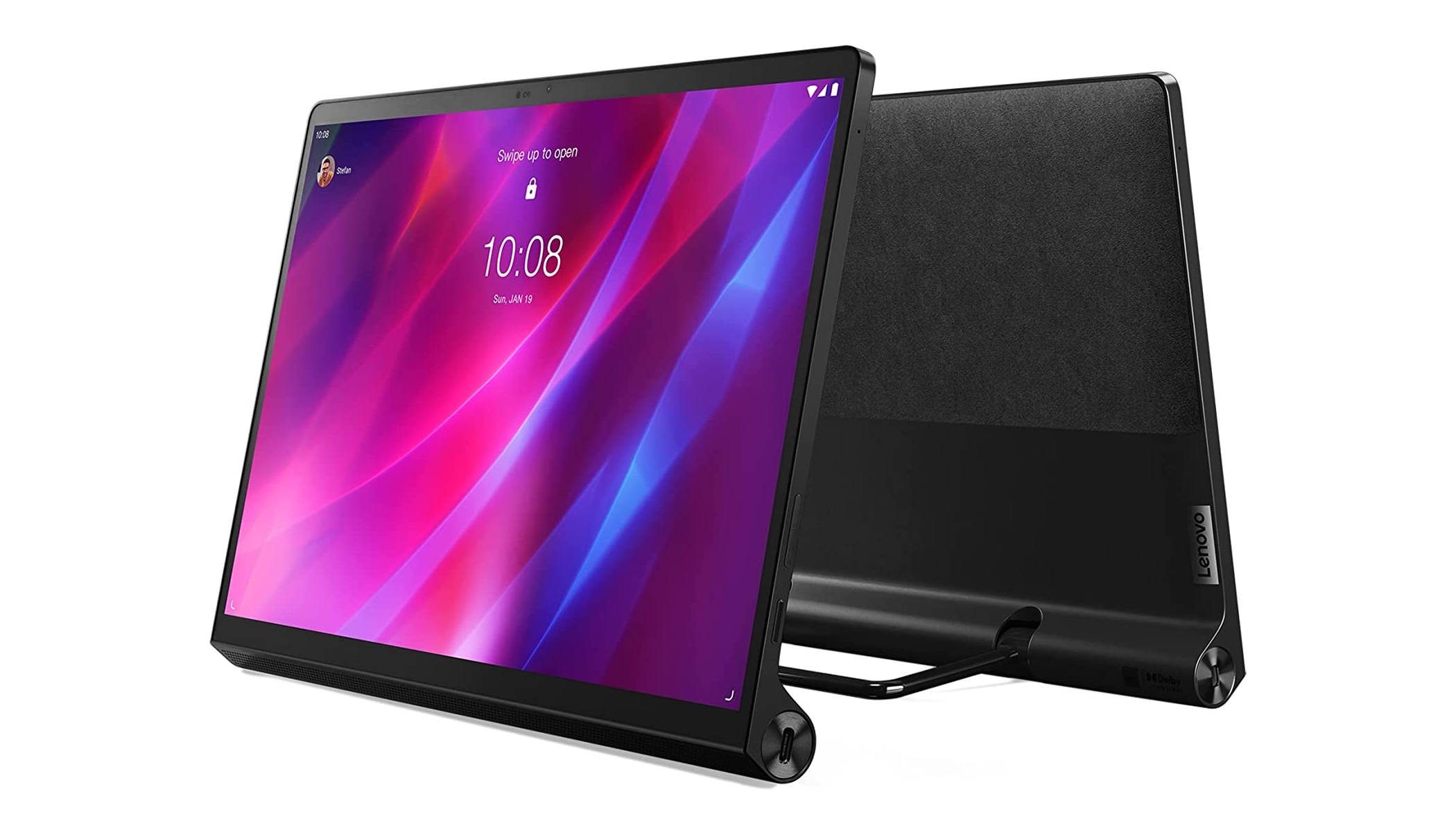Here’s one feature that all tablets should have to increase productivity (and sales)
Converting a tablet into a portable monitor should be easy as it can extend the value of the device

Portable monitors were all the rage during the COVID lockdown, becoming one of the most sought-after peripherals as hybrid working and remote offices became the norm for a few months.
The ability to add a second monitor to your business laptop helped boost productivity effortlessly and without a huge outlay - they may be small (most are around 15.6-inch in diagonal) but their versatility makes up for it.
However, there are millions of Android tablets around the world that are left unused either because they are no longer fit for purpose (poor battery life, no longer supported by the vendor, no more Android OS updates) or because their owners no longer see a use case for them. To extend the useful lifespan of their tablets, at least one vendor (Lenovo) has fitted one of its tablets (the Yoga Tab 13) with a physical HDMI connector that enable it to be used as a portable monitor.
On paper at least, that sounds like a straightforward win-win feature but in a cut-throat market, every dime counts. The additional electronics needed to convert the tablet into a monitor adds to the bill of material which in turn eats into the profit margins.
Then there’s the fact that a few vendors have apps that allow you to turn a tablet into a secondary monitor: Galaxy Tab owners have the Samsung Second Screen app, Lenovo has the Lenovo Freestyle, Apple Mac users have the Sidecar feature which transforms your iPad into a portable monitor and Honor has turned its Connect feature into a worthy one.
By the way, if you're looking to improve your productivity, it might be worth investigating your current setup by looking at our buying guides on best standing desks, best office chairs and best office desks.
Business tablets to double as portable monitors?
One thing they all have in common is that every single one needs software intervention (install an app, alter a feature) and lack universal compatibility. Given that portable monitors can be as expensive as tablets (if not more costly), there’s potentially an untapped market that brings together larger-than-13-inch displays and a full-fledged Google-powered PC (in other words, an Android tablet).
Sign up to the TechRadar Pro newsletter to get all the top news, opinion, features and guidance your business needs to succeed!
Android tablets rarely displaced business laptops or indeed desktop PC as the main computer in businesses despite the hype. However, they could easily be a great, affordable, complement to employees’ productivity toolbox, providing an extra display without the need for additional workplace changes (no need for extra power sockets, extra monitor arm, bigger desks etc).
Sadly, Lenovo stopped producing the Yoga Tab 13 and has no planned successor for it; a sign perhaps of poor sales or that of a thoroughly misunderstood product. If you’re still not convinced of the power of dual displays, check out the following articles written over the years on TechRadar (and TechRadar Pro)
- Still only using one monitor? Here's why you should buy a second
- 10 reasons why you need dual monitors and 5 more reasons you may want dual monitors
- How multiple monitors can boost productivity
Should you embraced the duality of displays, then the following makes for essential reading:
- The complete guide to multiple monitors
- The best monitors for a dual setup
- How to setup dual monitors in Windows 11

Désiré has been musing and writing about technology during a career spanning four decades. He dabbled in website builders and web hosting when DHTML and frames were in vogue and started narrating about the impact of technology on society just before the start of the Y2K hysteria at the turn of the last millennium.